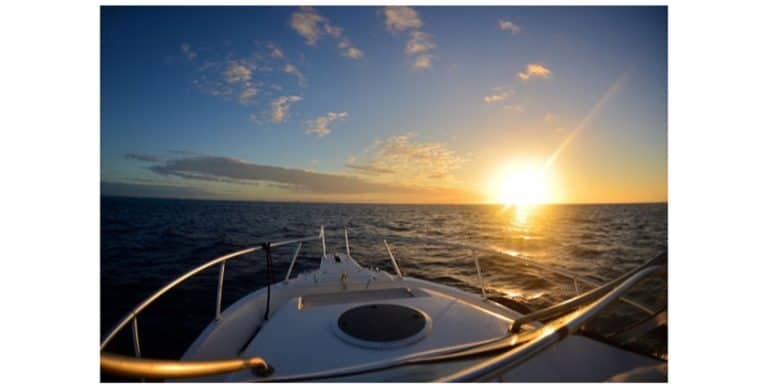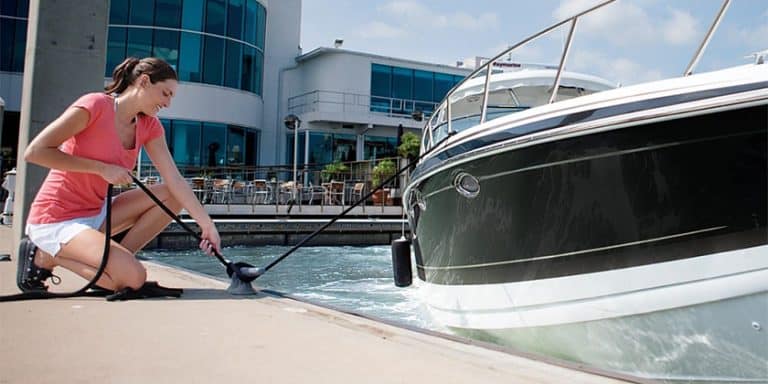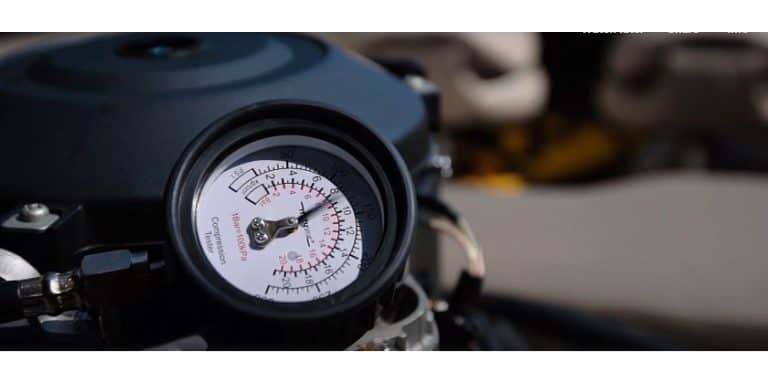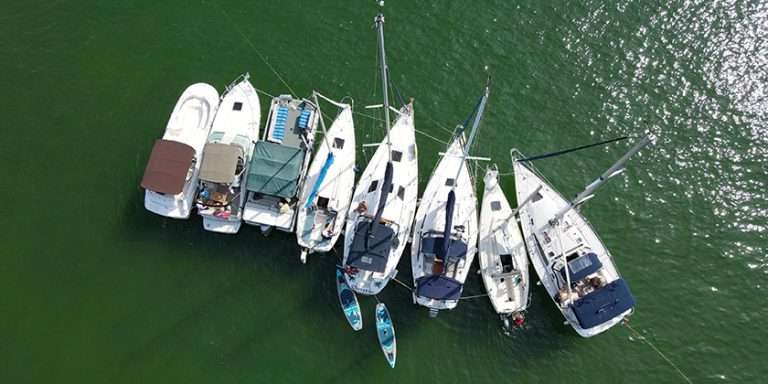Know-how: A Guide to Boating Etiquette

Nov 23, 2023
Everyday good manners are only common courtesy, customs are derived from traditions.
Always respect the rights of others while underway. Power boaters must take note of the affect their wake will have on smaller boats and sailing vessels. Make sure to give them a wide berth.
When boating near sailing vessels that are engaged in racing, reduce speed to minimize your wake and always pass to their stern and the leeward sides. Never anchor near buoys that mark racing course or starting lines.
A sailing vessel under sail must never interfere with a power vessel just to exert its right of way.
Common courtesy dictates that you shouldn’t enter an anchorage at full speed. Always enter at a speed that will leave little or no wake. Prepare lines and fenders before entering harbour and leave them on the deck until you near the dock.
If anchoring, don’t anchor too close to other vessels. Always allow room for the vessels to swing.
If you are going to raft off, communicate in advance with the other boats to see who is going to be involved and in what order.
Respect your neighbours’ privacy and right to peace and quiet. Sound travels a long way on the water and a radio, loud voice or generator can be very annoying to your fellow boaters or even to local cottagers.
When you are walking along a dock, don’t peer intently into the boats made fast at dock. These boats are home to the people inside and staring in on them is downright tacky.
Never set foot on someone else’s vessel without first asking – “Permission to come aboard, captain”? Even though in many cases this is just a formality, always observe the courtesy. It is a small thing but marks you as cognizant of the proper thing to do.
Always wear the proper footwear aboard a boat. Hard-soled shoes can scratch or scuff a deck and are very slippery when wet. Bare feet are the most treacherous of all on a wet fibreglass deck. If a skipper thinks you care about the deck, the more likely you are to be invited back.
Remember, the captain’s word is law. The skipper is the master of the ship and is legally responsible for the actions of the crew and the safety of the passengers. This law applies to all vessels. A ship cannot be run by committee. The captain must be decisive and give instructions clearly and quickly. If you are crewing or are a passenger on a boat, obey the captain promptly. Your life and safety may depend on it.
Captains are legally responsible for their passengers and the damage caused by their vessel’s wake. Nowadays soil erosion along the shore and loon nesting is high on the agenda, but wake includes damage to other vessels and people, as well. People can be thrown against a bulkhead and break bones because someone went racing by an anchorage or marina. The culprit can be charged if caught.
Customs
Your vessel should be made a member of the family and should be ‘Christened’. The smashing of a bottle of champagne on the bow is great for a photograph of the christening. — Care should be taken that the bottle is suitably wrapped to retain the shattering glass.
If your boat has already been in the water and therefore ‘launched’ you might want to have a ‘Commissioning Ceremony’. This is basically the same ceremony as above, except that instead of the boat being ‘Christened’, it is — ‘Accepted into Service’.
This article is an excerpt from CPS’s Basic Navigation and Boat Handling and Navigation – Part 1:
This course includes sections covering basic navigation skills (using a compass, reading and interpreting nautical charts, understanding the navigation aids – buoy system, and exploring the basic features and use of Electronic Navigation devices), legal responsibilities and safety measures, selecting and using lines and knots, anchoring, docking, understanding the impact of weather on boater safety, electrical hazards, collision avoidance rules, tides and currents, and other related topics. Each section includes course notes, instructional video, knowledge checks – skill testing quizzes and exercises, and links to supplementary resources.
People can register for this course at: www.boatingcourses.ca





























